About / À propos
“A Founding Member of POWERHOUSE GALLERY, now GALERIE LA CENTRALE/POWERHOUSE, Montreal, QC.”
A founding member of Powerhouse Gallery in Montreal, one of Canada’s oldest artist-run centres, now called La Centrale Galerie Powerhouse, Pat Walsh has exhibited widely in Montreal and eastern Canada. She graduated from Mount Allison University with a BFA and completed her MFA in Studio Art at Concordia University, with a double major in multimedia and photography. A long-time resident of Elgin, Quebec, she has a long history of teaching in the arts. She has taught at Concordia, Vanier College, Collège Marie- Victorin, the Saidye Bronfman Centre, and other institutions in both Quebec, Ontario and Newfoundland. She currently holds classes both at the HAEC in Huntingdon and in Montreal at the Centre des Arts Visuels, where she has taught for many years.

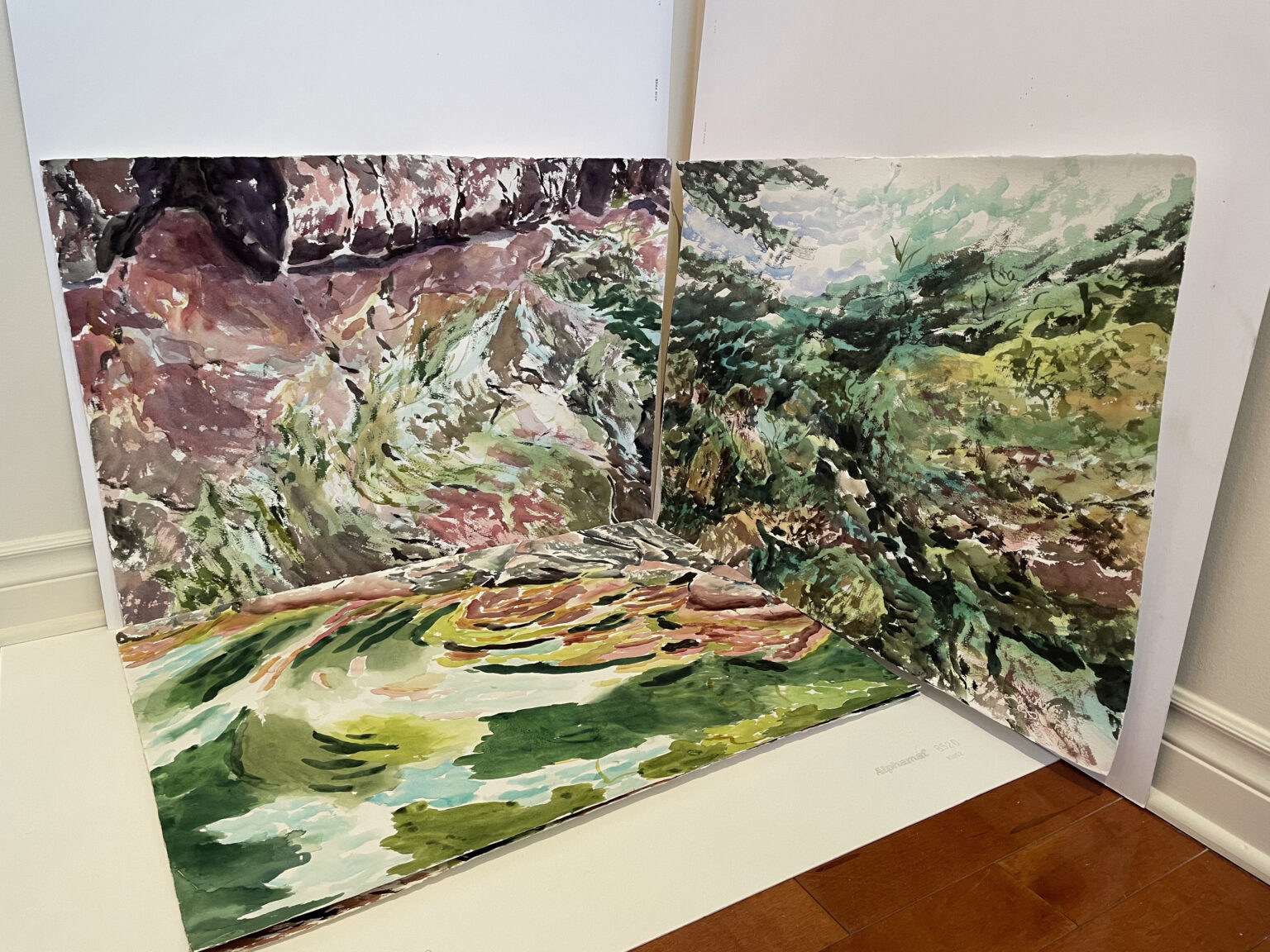
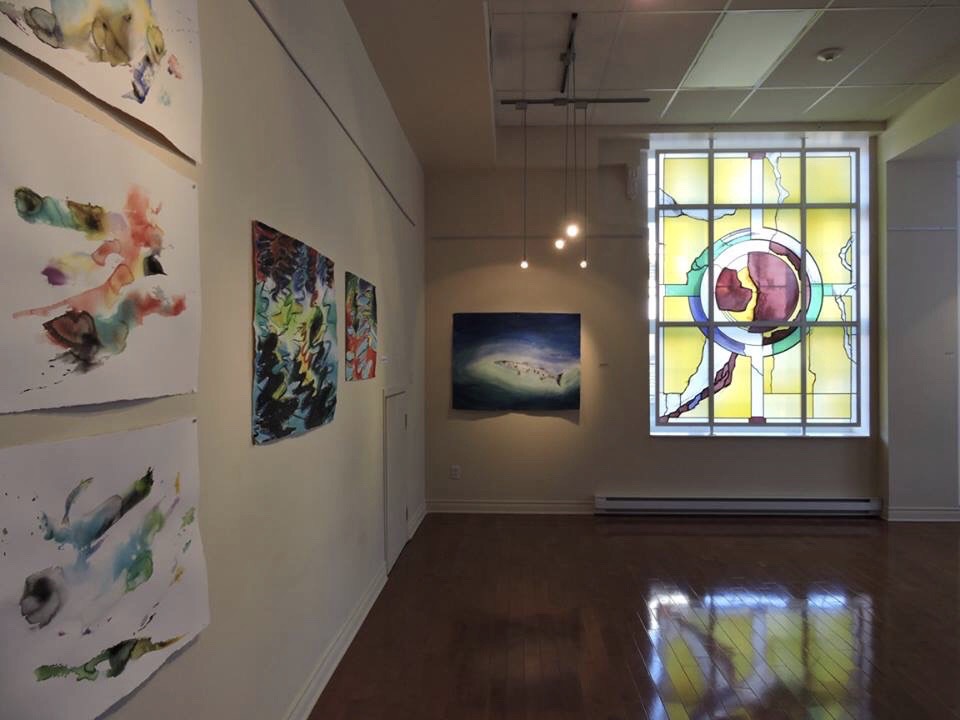
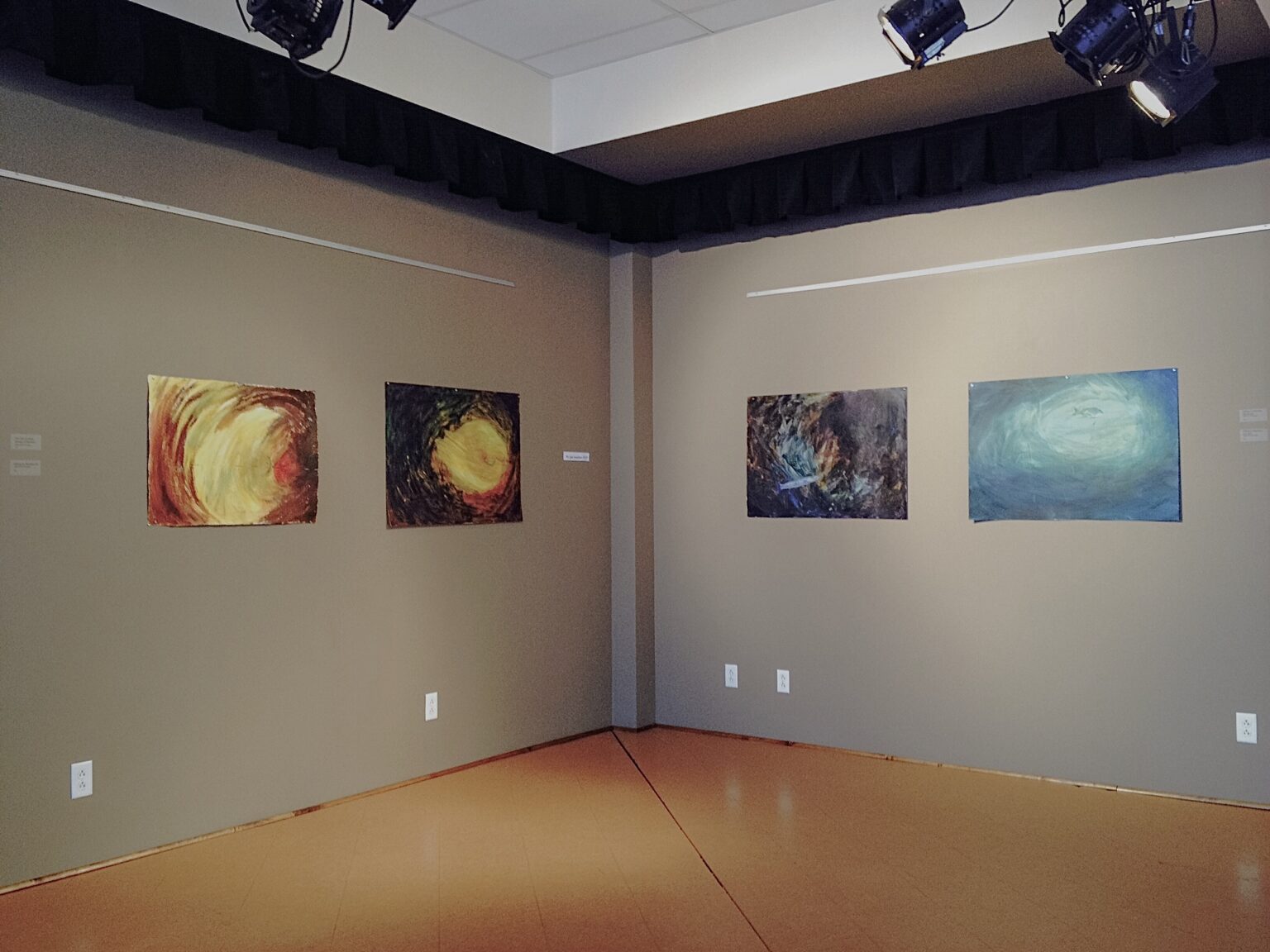
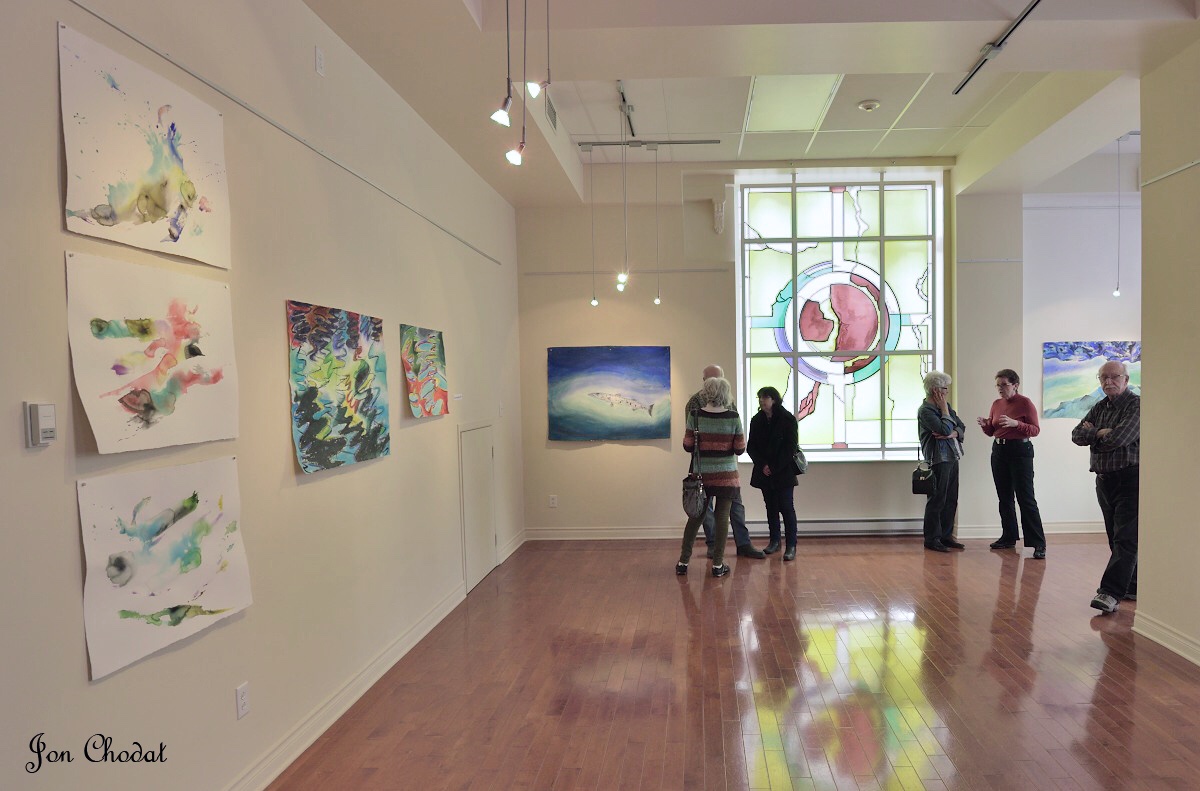
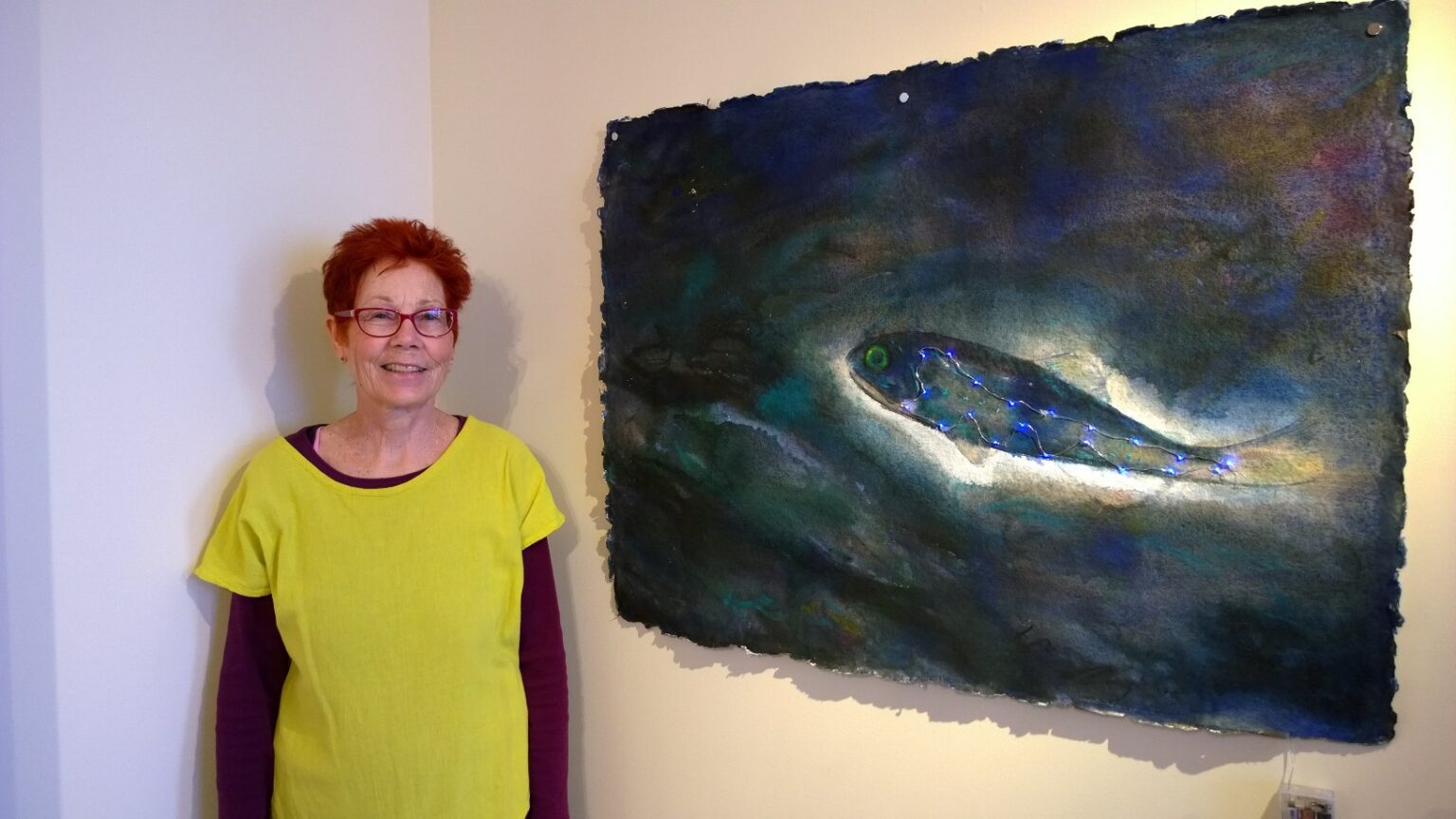
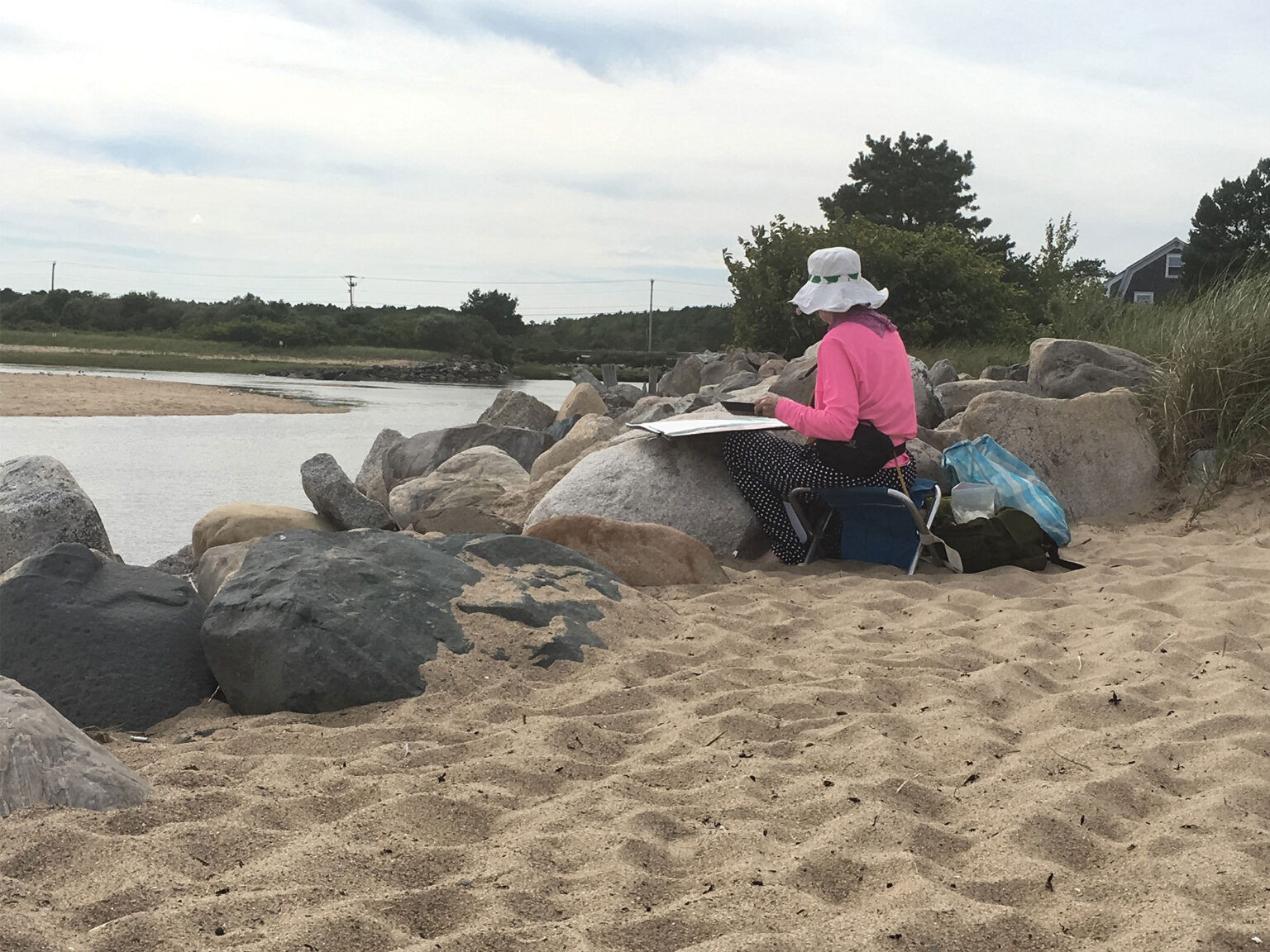
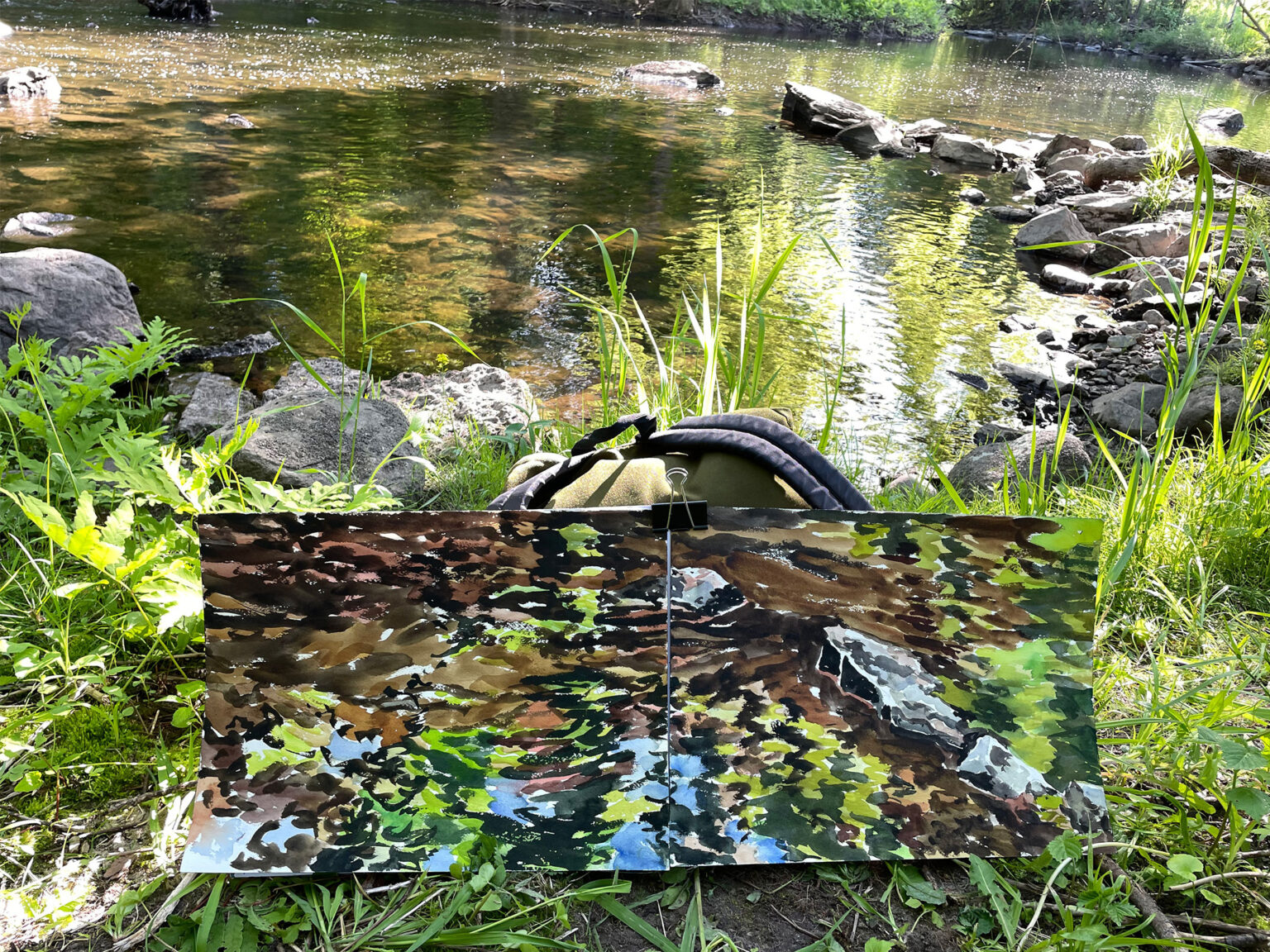
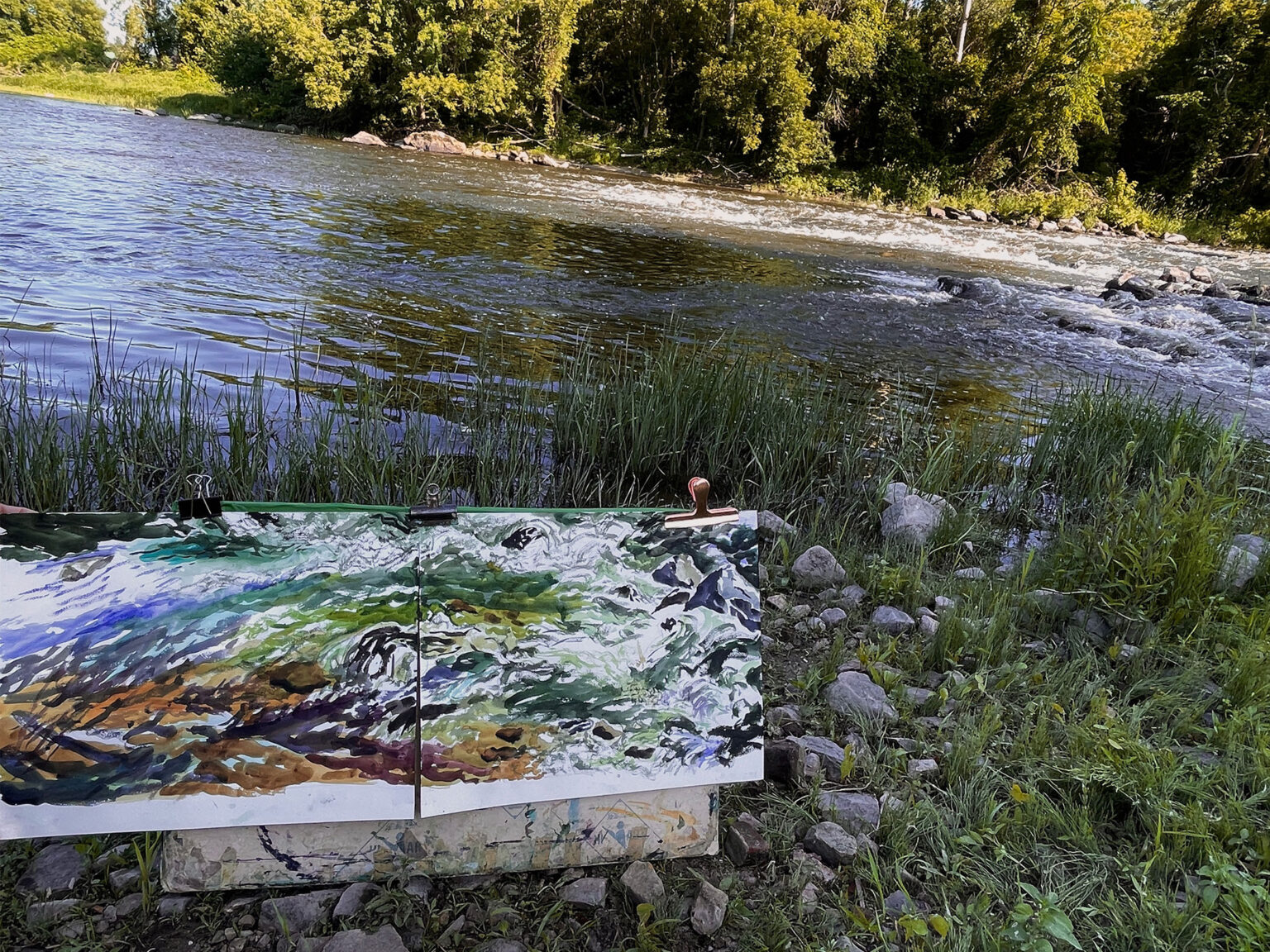
Membre fondateur de la Powerhouse Gallery à Montréal, l’un des plus anciens centres d’artistes autogérés au Canada, maintenant appelé La Centrale Galerie Powerhouse, Pat Walsh a beaucoup exposé à Montréal et dans l’est du Canada. Elle est diplômée de l’Université Mount Allison avec un BFA et a complété sa MFA en Studio Art à l’Université Concordia, avec une double majeure en multimédia et en photographie. Résidente de longue date d’Elgin, au Québec, elle a une longue expérience dans l’enseignement des arts. Elle a enseigné à Concordia, au Collège Vanier, au Collège Marie-Victorin, au Centre Saidye Bronfman et à d’autres établissements au Québec, en Ontario et à Terre-Neuve. Elle donne actuellement des cours à la fois au HAEC de Huntingdon et à Montréal au Centre des Arts Visuels, où elle enseigne depuis de nombreuses années.
One of Pat Walsh’s poems was referenced in a radio podcast : / L’un des poèmes de Pat Walsh a été référencé dans un podcast radio : Radio Yak: Kenneth Goldsmith – ABC Radio National broadcast.
(You can listen to her poem at minute 45:00 / Vous pouvez écouter son poème à minutes 45:00)
Read an article about Pat Walsh’s coming exhibition : / S’il vous plaît lisez un article sur la prochaine exposition de Pat Walsh :
Elgin-based artist and teacher Pat Walsh will open her new exhibition, Flow , on November 12 at the Salle Cult…
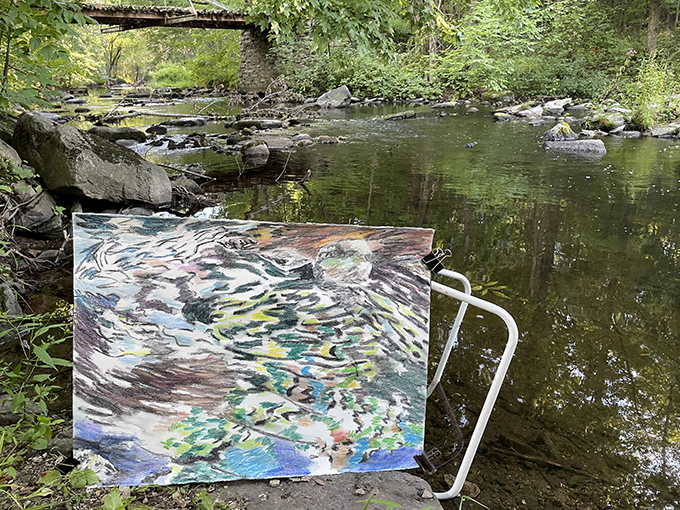
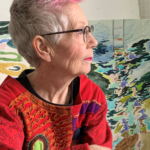
Grâce à INFOSuroit votre média collaboratif, apprenez-en plus sur la MRC du Haut-Saint-Laurent et l’exposition de Pat Walsh à la salle culturelle Alfred-Langevin.

Elgin artist Pat Walsh says the drought in art exhibitions brought about by the pandemic led to a personal …
Artist statement
“ I began painting outdoors on location as a child, often accompanying my father, artist John Walsh, on sketching trips. Painting on-site became an integral part of my artistic practice. I have painted on location extensively in southwestern Quebec during the last 4 decades, as well as in Ontario, BC, Mexico, Cuba, the United States and England.
For the past several years, I have concentrated on painting various bodies of water near my home in Elgin, QC, working on location at Saint-Barbe St. Anicet, the Hinchinbrooke, Trout and Chateauguay Rivers, and various ponds and streams on my farm. The challenge of working onsite helps stimulate both a connection with the subject and an awareness of its energy and vibrancy. In each painting, I attempt to transmit a feeling of the primal forces at work within the essential element of water. Water has the power to both nourish and destroy; to change or demolish a landscape. As the 5th century BCE Taoist philosopher Lao Tzu wrote, ‘‘What is
softer, more fluid, than water? But water will wear away rock, which is rigid and cannot yield… What is soft is strong.’’
Water is affected by many forces, including the season, weather conditions, temperature, and time of day. It is constantly shifting and changing. Therefore every stroke of watercolour captures only one particular moment, and changes in humidity, light level, time of day, etc. will change what is happening with the subject. Each colour, shape, movement, reflection or ripple is only visible for an instant. The painting then becomes a record of a constantly shifting reality rather than a snapshot of a fixed time and place. Moreover, because of its mutable and transient nature, the subject of water can itself become a canvas upon which the artist can transmit emotional, psychological or philosophical states. Water then becomes a metaphor for the fragile nature of our existence. “
– Pat Walsh
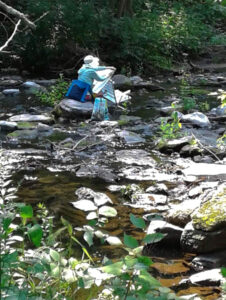
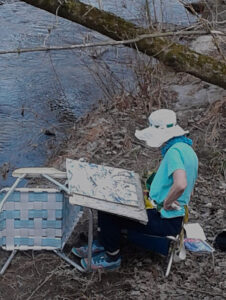

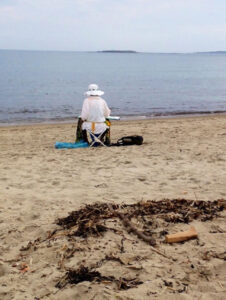
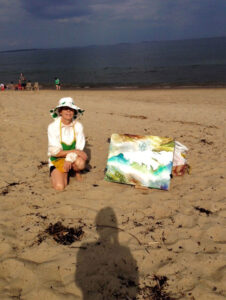
Réflexion de l’artiste
“ J’ai commencé à peindre à l’extérieur dès l’enfance, et j’accompagnais souvent mon père, l’artiste John Walsh, dans des voyages consacrés au dessin. L’art nomade est alors devenu une partie intégrante de ma pratique artistique. Durant les quatre dernières décennies, j’ai peint à l’extérieur dans toute la région, ainsi qu’au Mexique, aux États-Unis et en Angleterre.
Au cours des dernières années, je me suis concentrée sur les étangs et ruisseaux dans ma ferme à Elgin, au Québec, sur les plans d’eau à Sainte-Barbe, Saint-Anicet et Hinchinbrooke, et sur la rivière à la Truite et la rivière Châteauguay. La difficulté que représente l’art nomade favorise à la fois une connexion avec le sujet et une sensibilisation à l’énergie et à la vitalité de ce sujet. Dans chaque tableau, je tente de transmettre une impression des forces primitives à l’œuvre dans l’élément essentiel qu’est l’eau. L’eau peut à la fois nourrir et détruire, changer ou emporter un paysage. Comme le philosophe taoïste Lao Tseu écrivait au 5e siècle av. J.-C., « Rien n’est plus souple et fluide que l’eau… pourtant elle vient à bout de la pierre, qui est dure et forte… ce qui est souple est fort».
Beaucoup d’éléments influent sur l’eau, notamment la saison, les conditions météorologiques, la température et la lumière du jour. L’eau est toujours changeante. Par conséquent, chaque trait de couleur ne saisit qu’un moment très précis, et tout changement dans l’humidité ou la lumière modifie le sujet. Chaque nuance, forme, mouvement, réflexion ou ondulation n’est visible que pendant un instant. Le tableau devient alors le reflet d’une réalité en constante évolution et non l’instantané d’un lieu à un moment précis. Qui plus est, en raison de sa nature mutable et fluctuante, l’eau elle-même peut devenir la toile à laquelle l’artiste peut transmettre ses états émotionnels, psychologiques ou philosophiques.
L’eau devient alors une métaphore de la nature fragile de notre existence. “
– Pat Walsh
